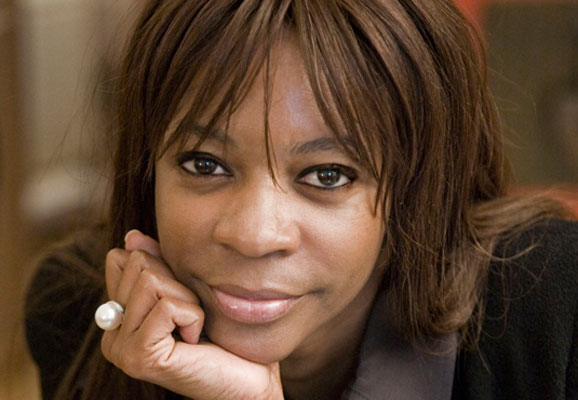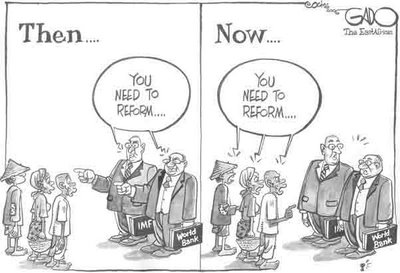“Aid has been, and continues to be, an unmitigated political, economic, and humanitarian disaster for most parts of the developing world.” — Dambisa Moyo
According to Dambisa Moyo in Dead Aid, there are four alternative sources of funding for African economies. African governments should:
- follow emerging Asian markets. This is because they are accessing international bond markets and taking advantage of falling yields.
- encourage large-scale direct investment in infrastructure (Chinese policy). For example, in 2004 China invested $900 million in Africa. In 1975, they only invested $20 million.
- continue to work for free trade in agricultural products. The US, the EU and Japan have to scrap the subsidies they pay to farmers. This enables African countries to increase their earnings from primary product exports.
- encourage financially intermediation. They need to foster the spread of microfinance institutions.
Moyo also notes the three types of aid:
- Humanitarian/emergency aid: “mobilized and dispensed in response to catastrophes and calamities.”
- Charity-based aid: “distributed by charitable organizations to institutions or people on the ground.”
- Systematic aid: “aid payments made directly to governments…”
However, Moyo isn’t concerned with humanitarian or charity-based aid. She only addresses systematic aid.
In research on systematic aid and aid in Africa in general, I discovered this debate forum: Debatewise. This specific debate asks if aid is killing Africa, and the responses are quite interesting. Here’s one set of answers:
 Comparing two different schools of thought like this allows us to really think about the issues and what can be done to alleviate them. Moyo provides a lot of insight to help us formulate our thoughts and opinions.
Comparing two different schools of thought like this allows us to really think about the issues and what can be done to alleviate them. Moyo provides a lot of insight to help us formulate our thoughts and opinions.
However, I’m still quite torn in my beliefs. On one hand, I think that aid is necessary in improving a country who is struggling, but on the other hand, I think aid is damaging in the fact that a lot of governments (and/or the people allotted the aid) don’t know how to use the aid effectively.
I went on to research the Washington Consensus and found that it is a name used to describe a set of 10 economic policy prescriptions that John Williamson, an English economist, thought to be the standard reform package for developing countries undergoing crisis.
I came across this chapter of Diversity in Development by Brian Kahn about the Washington Consensus, which I found interesting.
In the introduction Kahn quotes Williamson in his review of the Washington Consensus: sub-Saharan Africa moved “spottily and grudgingly, too often under foreign pressure rather than out of conviction.” Here, he’s referring to the reforms that have been implemented.
South Africa’s Minister of Finance Trevor Manuel argued that few African countries have even applied all the reforms due to difficulties. He says some of the proposals in the Washington Consensus aren’t clearly appropriate to Africa’s needs.
According to the chapter, major structural problems still exist that the Washington Consensus can’t deal with. This causes Africa to fall further behind in the global distribution of income. Manuel argues that one of the most important drawbacks is that the Washington Consensus hasn’t done much to resolve structural constraints on growth. However, it has provided a variety of reforms to stabilize the economy and encourage private sector activity.








